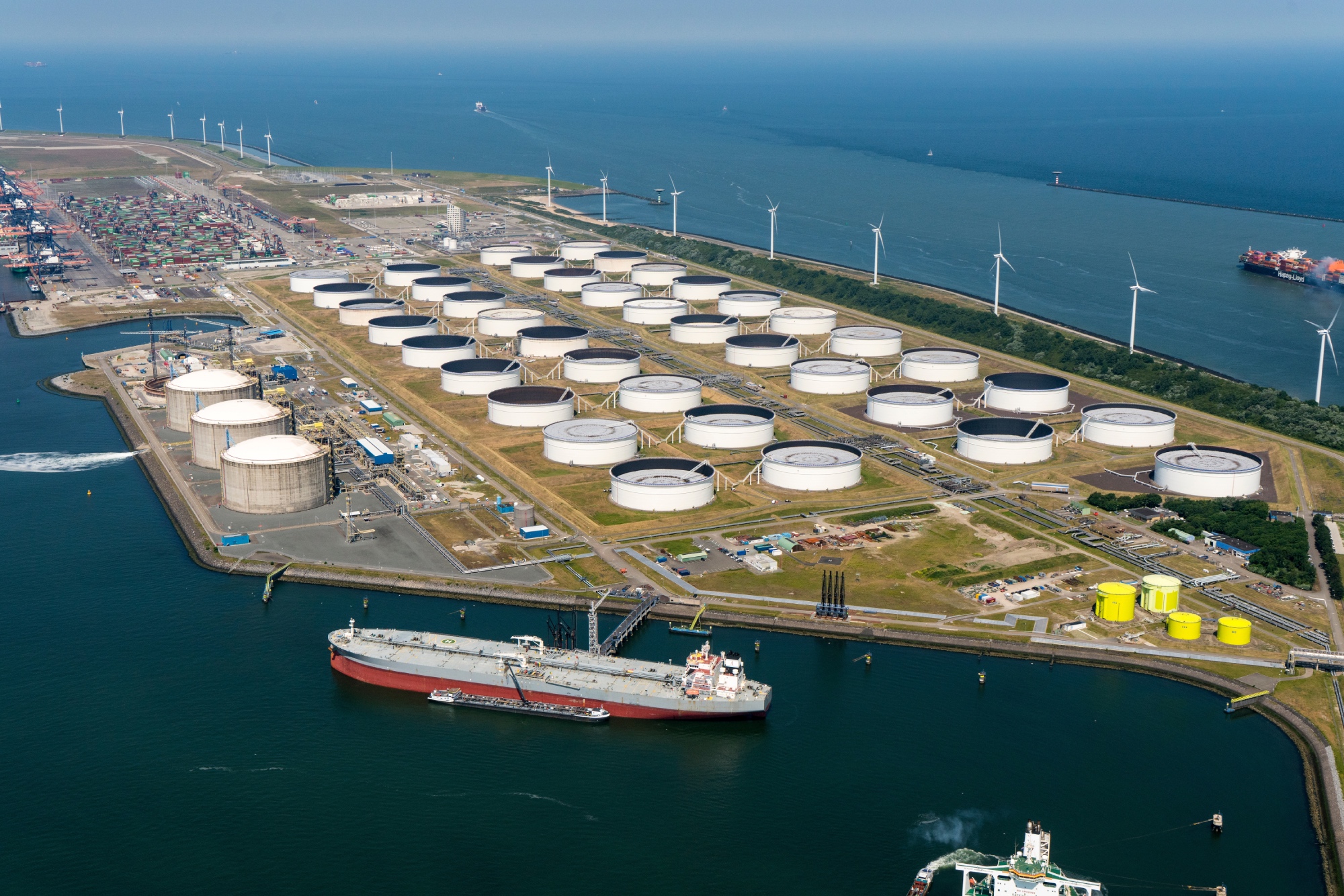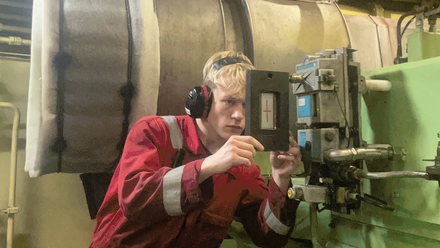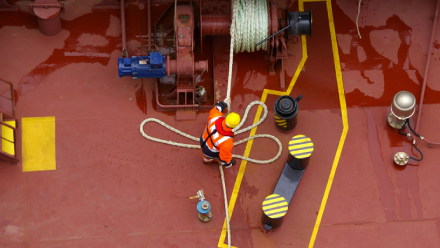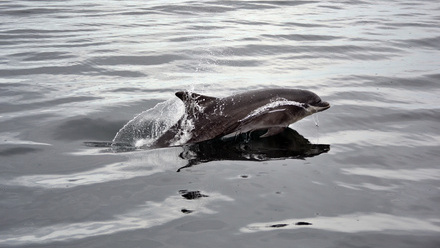What different countries are doing to attract and retain seafarers
The global maritime industry, and particularly the seafaring sector, faces a workforce in constant flux, with Filipino seafarers currently dominating the labour market.
“We had Brits at sea, then it moved towards the Commonwealth and Eastern European nations with an underpinning contingent of Filipino ratings who are now becoming the officers of today,” explains Alasdair Wishart, IMarEST’s Technical and Policy Director, when asked about the global makeup of seafarers.
Maritime companies often follow the most competitive labour markets, and as wages rise in one region, recruitment moves elsewhere. “As [seafarers from a particular nation] they become more exposed and understand their market value, they then start coming up and becoming just as expensive as everyone else,” Wishart says.
Demographics aren’t the only shift the seafaring sector is experiencing. Today, a shortage of skilled seafarers threatens shipping operations worldwide, prompting unions, employers, and governments to seek solutions.
“We have spent many years discussing the recruitment and retention crisis,” Danny McGowan, Coordinator at Nautilus Federation, said in a press release. A recent study from the Nautilus Federation, a group of global trade unions in shipping and inland waterways transport, aims to "finally end the conversation on recruitment and retention of seafarers, and prompt the industry to act on the issue”.
“This study [called ‘Recruitment and retention of seafarers’] shows that we have the answers: the time now is for action.”
While Filipino seafarers currently dominate the global labour market, organisations in other nations are actively driving change to attract and retain new talent in the seafaring sector and the maritime workforce in general.
Australia: Stay Onboard – People First campaign
The Royal Australian Navy is tackling retention through its People First programme, built around six pillars of the ‘Defence Employee Value Program’ (DEVP): pay and financial benefits, purpose, workplace experience, ways of working, career and personal development, and wellbeing and family.
This broad approach recognises that retention is about more than salaries. Among the initiatives has been improving ship-to-shore connectivity through Starlink – a satellite internet constellation that delivers high-speed, low-latency internet to ships at sea, enabling real-time video calls, study, and contact with home. The Starlink connectivity replaced the geostationary SATCOM systems, which were more costly and had far more limited capacity. The entire fleet is expected to be converted to Starlink by 2026.
Another initiative, Cowork Coplay, seeks to support partners of serving personnel left onshore who often suffer career disruption and carry the burden of caregiving responsibilities. It aims to provide networking and mentoring opportunities as well as free childcare. By supporting the family of personnel, the Navy will try to reduce the stress of service life, strengthen family bonds, and ultimately improve retention.
Canada: Imagine Marine
The Canadian Marine Careers Foundation (CMCF) is on a mission to prepare Canada’s marine sector for the future by building a workforce that is both diverse and skilled. Central to this effort is Imagine Marine – a comprehensive campaign and resource hub designed to connect people with career opportunities on the water and onshore.
Imagine Marine serves as a gateway for students, career changers, and newcomers, offering clear guidance on training options, financial support, and job openings through a national job board and talent network. By working alongside employers, unions, educators, and government bodies, CMCF fosters collaboration across the industry to tackle recruitment and retention challenges.
India: Maersk’s Equal At Sea initiative
Since launching in 2022, Maersk’s ‘Equal At Sea’ is changing the face of its Indian fleet. It aims to close the gender gap among Maersk seafarers, tackle long-standing underrepresentation of women at sea, and foster an inclusive environment across the Indian maritime sector. The programme unites diverse industry stakeholders to share insights, tackle challenges, and promote best practices for gender diversity.
The enterprise has already seen huge success. In 2021, there were just 41 Indian seafarers in Maersk’s fleet. By October 2024, that number stood at over 350. The percentage of women cadets has also increased. In 2024, 45% of the Nautical and Engineering cadets onboarded in 2024 were women, with the aim for equal gender representation by 2027.

The Netherlands: Portlantis
In March 2025, the Port of Rotterdam opened Portlantis – an interactive experience centre showcasing the port’s operations and opportunities. It features interactive labs, virtual and augmented reality experiences, games, and more, allowing visitors to explore the port’s activities and try their hand at tasks.
It also hosts the Educational Information Centre (EIC), which organises activities and excursions for schoolchildren and students. Previously located in Rozenburg, “The move to Portlantis gives us the opportunity to introduce school pupils and students to the port in an interactive, exciting and innovative way. We urgently need these young people to eventually come and work at the port. In Portlantis, we demonstrate to them how diverse the work in the Rotterdam Port can be,” Ben Vree, Chair of EIC Mainport Rotterdam, recently stated.
Global: V.Group’s Voyage Loyalty Program for Seafarers
V.Group, a global ship-management and marine-services provider, oversees more than 600 vessels including tankers, bulk and gas carriers, cruise ships, passenger vessels and containerships, and has access to a network of more than 44,000 seafarers.
To boost retention, V.Group has rolled out Voyage Loyalty, a tiered rewards programme for officers, oceanic cooks, and chief cooks. Participants earn points (SeaStars) for completing activities, such as time at sea, completing readiness documentation, or demonstrating best safety practices. These points are credited within 24 hours to a digital wallet via an app and can be redeemed for various perks, such as gift cards or consumer goods, as well as benefit from exclusive partner offers.
The programme started as a pilot in 2023 for Filipino officers and chief cooks. The pilot proved effective – 87% percent of eligible officers and 91% of eligible chief cooks joined, prompting a 47% hike in prompt assignment acceptance and a 5% improvement in crew retention.
“Seafarers are the backbone of global trade and [this initiative] is designed to recognise their invaluable contributions to our industry,” said Allan Falkenberg, Chief Operating Officer, Marine HR.
Read more from IMarEST: Dedicated training ships aim to tackle seafarer shortage.
Tell us what you think about this article by joining the discussion on IMarEST Connect.
Discover jobs currently available in the maritime and marine industries.
Main image: the Royal Australian Navy’s navigation training vessel, Mercator. Credit: Shutterstock.
Inline image: aerial view of tanker ship in the Port of Rotterdam. Credit: Shutterstock.






